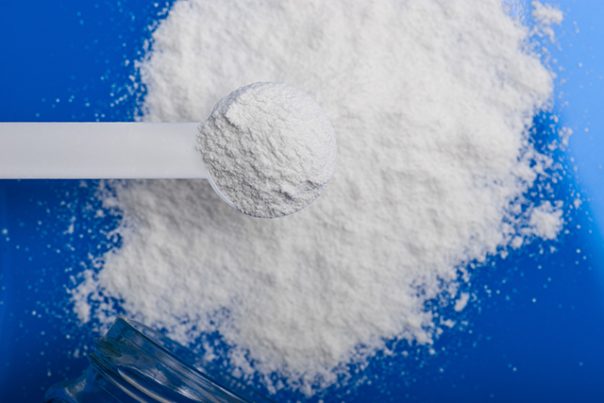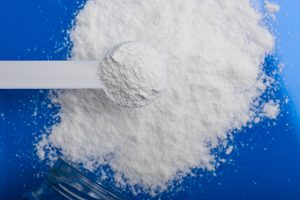
Sodium gluconate sources, health risks
Thursday, October 19, 2017 by Rhonda Johansson
http://www.naturalpedia.com/sodium-gluconate-sources-health-risks.html

Sodium gluconate is a white, crystalline powder that is used as a chelating agent for many food items. The substance is also used as a preservative for textile dyeing and as an additive for steel surface cleaning. This should give you an idea as to the compound’s healthfulness — imagine an ingredient fit to scrub metal to its original brightness scouring away in your gastrointestinal tract. It paints a lovely picture.
The National Institute for Occupational Safety and Health (NIOSH) of the Centers for Disease Control and Prevention has validated sodium gluconate’s safety if it is used correctly. Otherwise, the health group does note that improper consumption (or accidental inhalation) can lead to adverse conditions. It is heavily advised to seek immediate medical attention if you or a loved one begin experiencing any such symptoms as wheezing, tightness in the chest, or even eye irritation.
Do NOT light the powder for any reason. It is highly combustible.
Sodium gluconate may also be referred to as monosodium salt or D-Gluconic acid.

Harmful effects that can be caused by sodium gluconate
Monosodium salt is a natural irritant. In its regulated doses, the effect should be negligible. However, if swallowed in excessive amounts, it can corrode the lining of your stomach. It may also damage organs, particularly those that are already compromised (say, from a pre-existing condition). Thankfully (if one can consider it as a good thing), the symptoms of sodium gluconate poisoning are fast and acute. Expect to vomit or become immediately nauseous after ingesting the powder.
Similarly, if you happen to expose your eye to the salt, you will begin to experience pain right away. Do not rub your eyes, however. Instead, wash the area with clean water and seek medical attention. Sodium gluconate is abrasive and can erode the protective lining of your eye.
Those who have respiratory conditions such as asthma should avoid exposure to sodium gluconate. There are very few studies which indicate any ill effects the powder has on the lungs, but it is better to err in the side of caution.
This holds true for those who regularly handle the substance. Skin irritation from sodium gluconate is not well-recorded but proper hygiene practices can mitigate any potential risks.
Body systems harmed by sodium gluconate
Sodium gluconate harms your gut. It is not meant to be ingested in large amounts and can disrupt normal digestive function. Scientists are now talking about the “brain-gut connection” wherein the stomach (and its corresponding microbiota) directly impacts immune function. Any abnormalities stemming from the gut can, therefore, influence how vulnerable you are to disease. Thus, sodium gluconate and its subsequent effects on gut health should be highly avoided.
The powder can also harm the eyes.
There are hypotheses that sodium gluconate can irritate the skin and lungs as well.
Where to learn more
Summary
Sodium gluconate is also known as monosodium salt and is a white powder that is highly combustible. Not only does the chelating agent go boom in the night, it also disrupts digestive function if taken excessively. Avoid exposing yourself to the substance and practice good hygiene habits if you must handle it.
Sources include:
Tagged Under: Tags: Sodium gluconate





